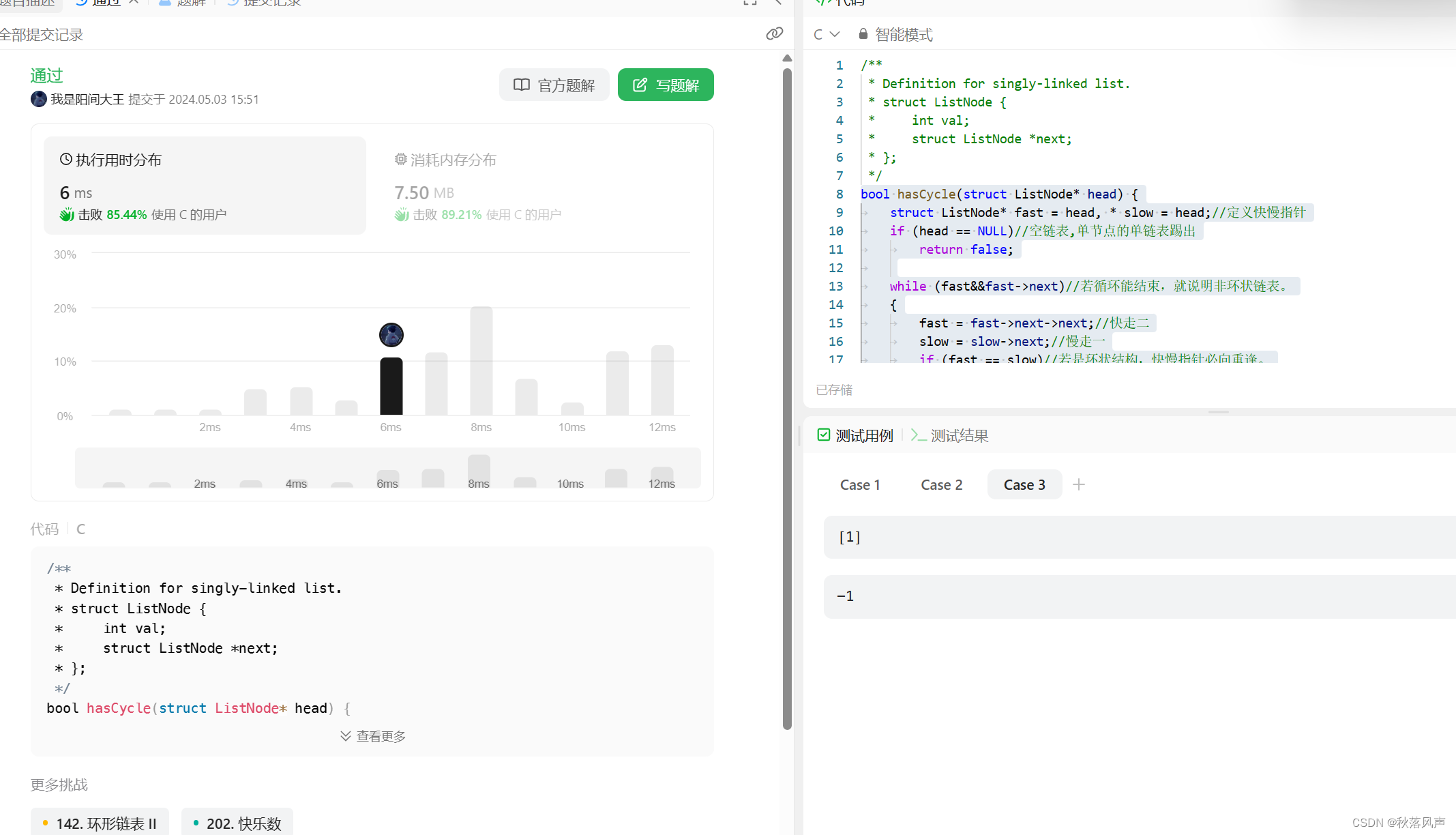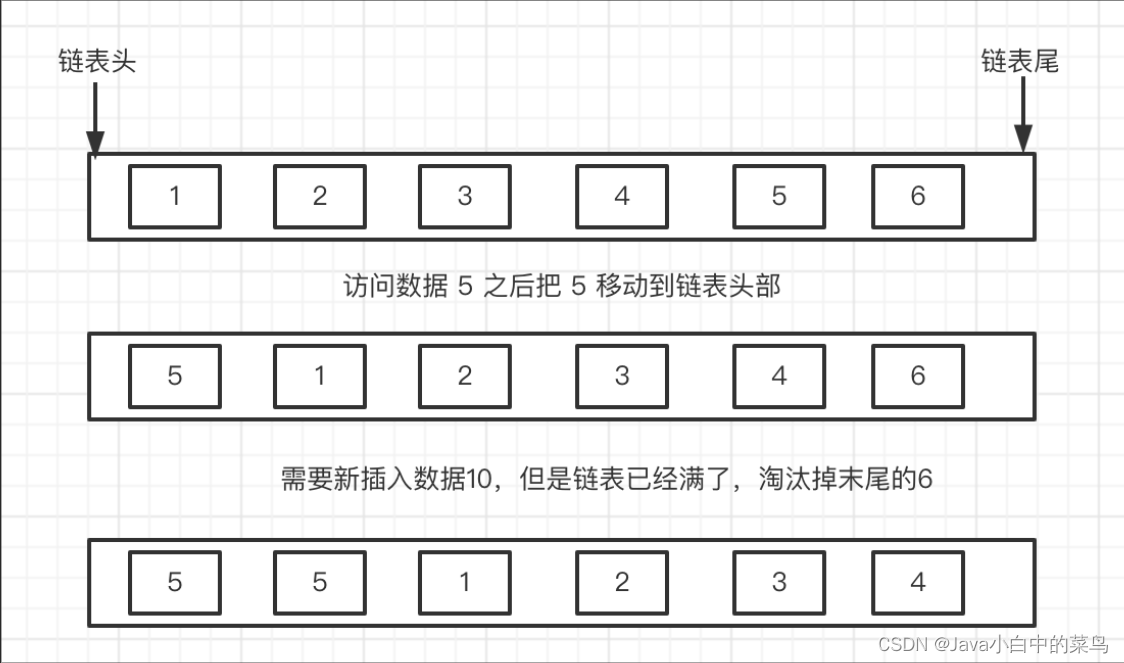playbook 是ansible的脚本
playbook的组成
1)Tasks:任务;通过tasks 调用ansible 的模板将多个操作组织在一个playbook中运行
2)Variables:变量
3)Templates:模板
4)Handles:处理器;当changed状态满足条件时,notify触发 执行的操作
5)Roles:角色
示例:
vim test.yaml
#yaml文件以---开头,以表明这是一个yaml文件,可省略;
#当写入多个任务时后续的---不能省略,否则会报错
---
#定义一个play的名称,执行时可以看到执行过程,可省略
- name: httpd install#设置不进行facts信息收集,这可以加快执行速度,可省略gather_facts: false#指定要执行任务的被管理主机组,如有多个主机组用冒号":"分隔hosts: monor#指定被管理主机上执行任务的用户remote_user: root#定义任务列表,任务列表中的各任务按次序逐个在hosts中指定的主机上执行tasks:#自定义的任务名称- name: test connection#使用 module: [options] 格式来定义一个任务;“模块名: 参数”的格式ping:- name: disable selinux#command模块和shell模块无需使用key=value格式command: '/sbin/setenforce 0'#如执行命令的返回值不为0,就会报错,tasks停止,可使用ignore_errors忽略失败的任务ignore_errors: True- name: disable firewalld#使用 module: options 格式来定义任务,option使用key=value格式service: name=firewalld state=stopped- name: install httpdyum: name=httpd state=latest- name: install configuration file for httpd#这里需要一个事先准备好的/opt/httpd.conf文件copy: src=/opt/httpd.conf dest=/etc/httpd/conf/httpd.conf#如以上操作后为changed的状态时,会通过notify指定的名称触发对应名称的handlers操作notify: "restart httpd"- name: start httpd serviceservice: enabled=true name=httpd state=started
#handlers中定义的就是任务,此处handlers中的任务使用的是service模块handlers:#notify和handlers中任务的名称必须一致- name: restart httpdservice: name=httpd state=restarted
##Ansible在执行完某个任务之后并不会立即去执行对应的handler,而是在当前play中所有普通任务都执行完后再去执行handler,这样的好处是可以多次触发notify,但最后只执行一次对应的handler,从而避免多次重启。
运行playbook
记得改回端口,和组名再运行;用的13、14,因为我11、12没做免密登录

检查yaml 文件语法是否正确
ansible-playbook test.yaml --syntax-check
检查task 任务
ansible-playbook test.yaml --list-task检查生效的主机
ansible-playbook test.yaml --list-hosts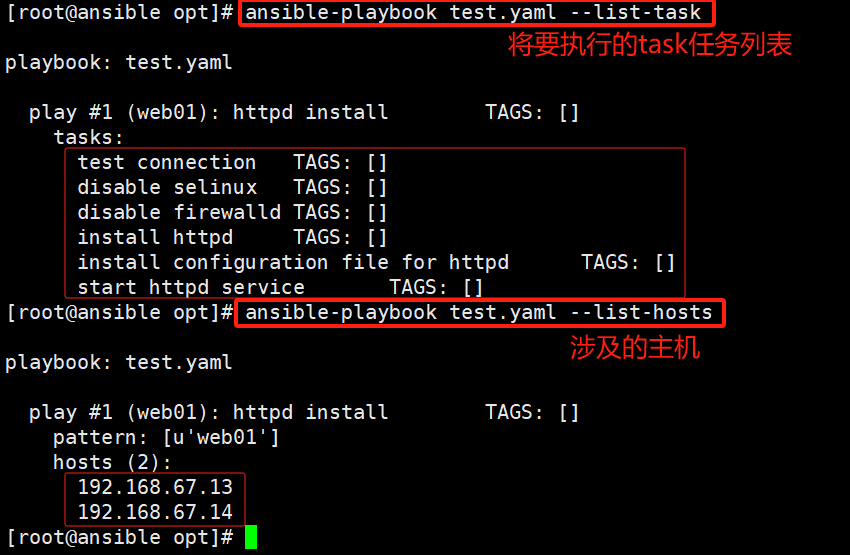
补充参数
-k(-ask-pass):用来交互输入ssh密码
-K(-ask-become-pass):用来交互输入sudo密码
-u:指定用户
运行playbook
ansible-playbook test.yamlplaybook运行时会先检测状态,如果以达到需要的效果会显示 ok 不会去再次执行
这里我之前已经在13、14上装过httpd了,所以都显示的 ok
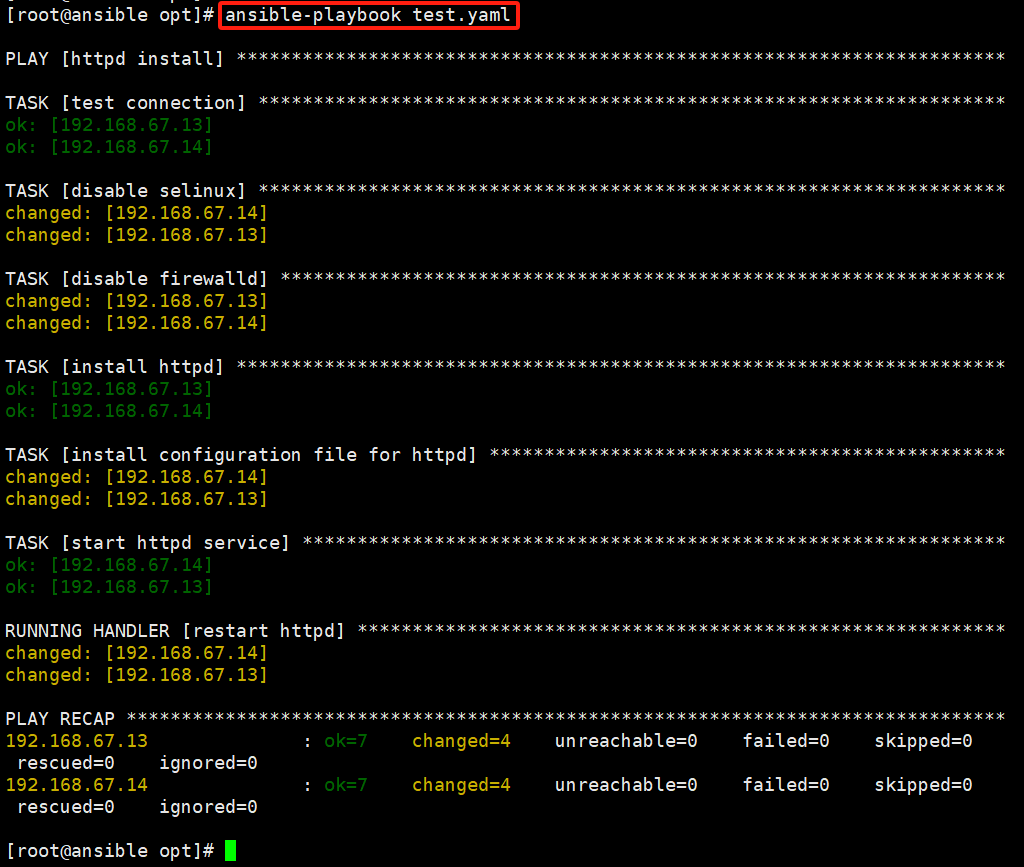
#指定从某个task开始执行
ansible-playbook test.yaml --start-at-task='install httpd'
添加免密登录
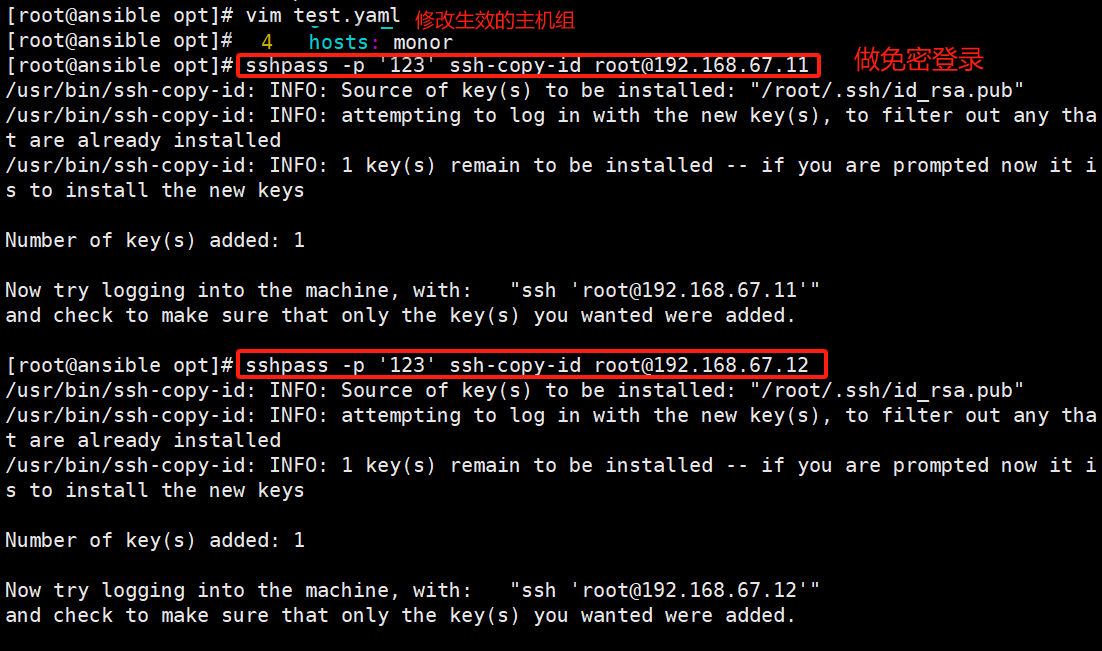


定义、引用变量

- name: second playhosts: web01remote_user: root#定义变量vars:#格式为key: value- groupname: mysql- username: nginx- gidname: 233tasks:- name: create group#使用{{key}}引用变量的值group: name={{groupname}} system=yes gid={{gidname}}- name: create useruser: name={{username}} uid={{gidname}} group={{groupname}}- name: copy file#在setup模块中可以获取facts变量信息copy: content="{{ansible_default_ipv4}}" dest=/opt/vars.txtps:name: 后面要使用变量的话需要用引号" "括起来;- name: 自定义的名字不需要
例:name: "{{fuwu}}"
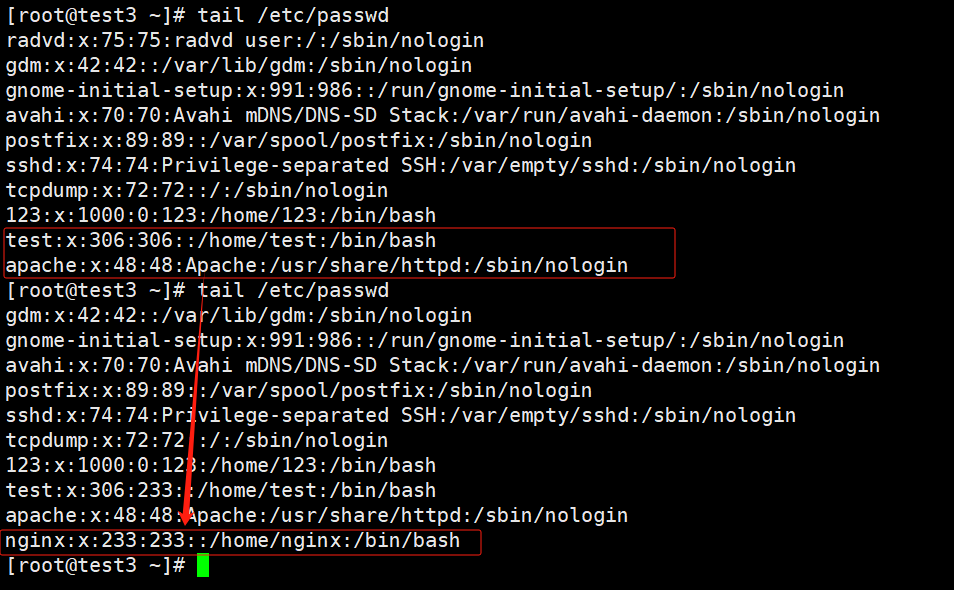
在命令行里定义变量
ansible-playbook test1.yaml -e "username=monor" -e "gidname=666"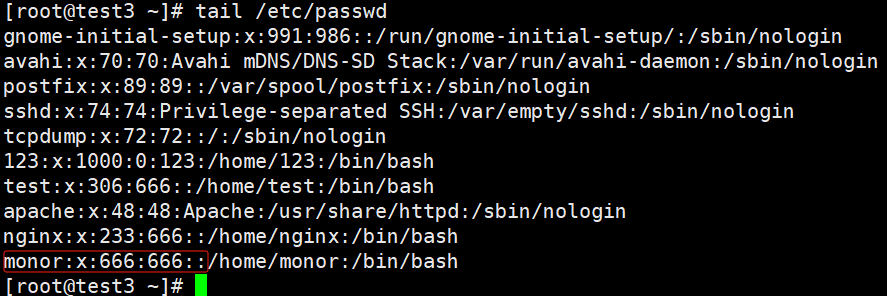
指定远程主机sudo切换用户
---
- hosts: dbservers
remote_user: zhangsan
become: yes #2.6版本以后的参数,之前是sudo,意思为切换用户运行
become_user: root #指定sudo用户为root
执行playbook时:ansible-playbook test1.yml -K
<密码>
when 条件判断
在Ansible中,提供的唯一一个通用的条件判断是when指令;
当when指令的值为true时,则该任务执行,否则不执行该任务。
//when一个比较常见的应用场景是实现跳过某个主机不执行任务或者只有满足条件的主机执行任务
创建test3.yaml 文件
vim /opt/test3.yaml
---
- name: test3 whenhosts: allremote_user: roottasks:- name: shutdown hostcommand: /sbin/shutdown -r now#when指令中的变量名不需要手动加上 {{}}when: ansible_default_ipv4.address == "192.168.67.14"或when: inventory_hostname == "主机名"
检查语句并执行
ansible-playbook test3.yaml --syntax-check
ansible-playbook test3.yaml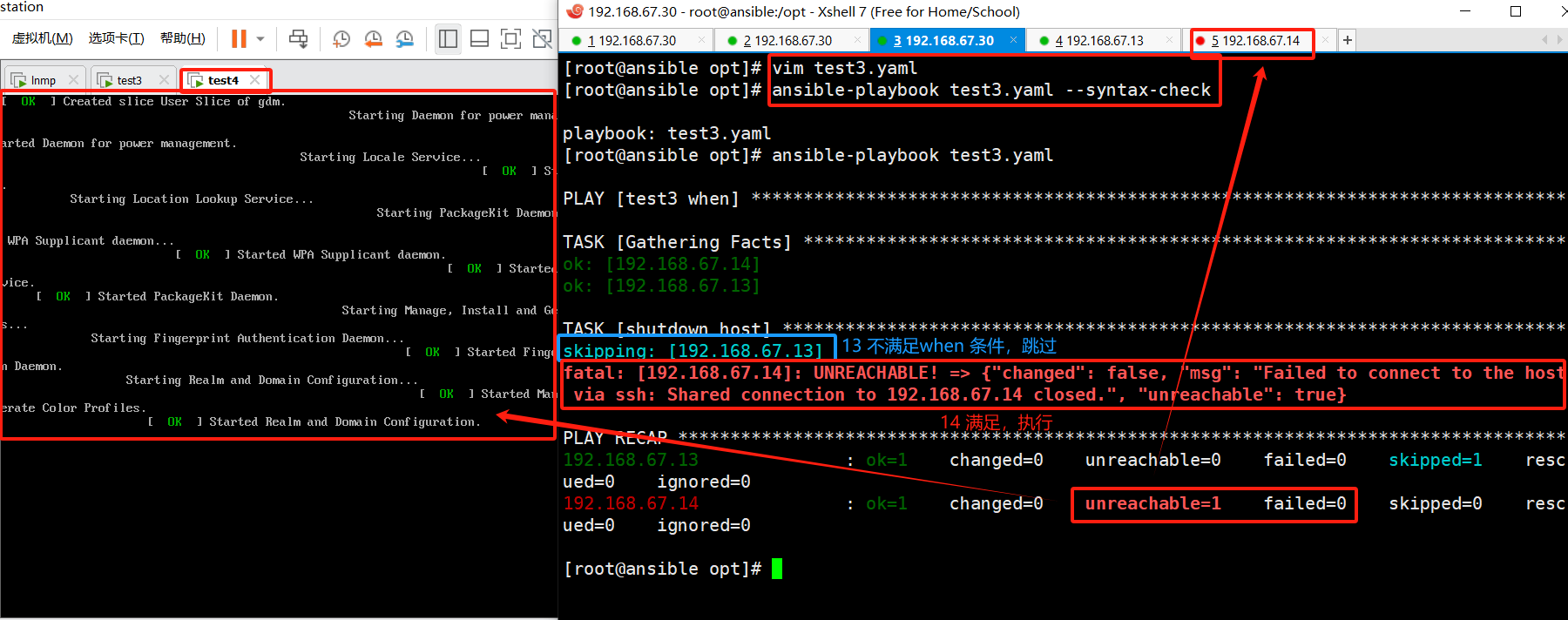
迭代
Ansible提供了很多种循环结构,一般都命名为with_items,作用等同于 loop 循环。
编写 test3.yaml 迭代文件
vim /opt/test4.yaml---
- name: test3.yaml 迭代hosts: web01gather_facts: falsetasks:- name: create directoriesfile:path: "{{item}}"state: directory#等同 loopwith_items:- /tmp/test1- /tmp/test2- name: add usersuser: name={{item.name}} state=present groups={{item.groups}}with_items:- name: test1groups: root- name: test2groups: mysql或with_items:- {name:'test1',groups:'root'}- {name:'test2',groups:'mysql'}
检查格式并执行yaml文件
ansible-playbook test4.yaml --syntax-check
ansible-playbook test4.yaml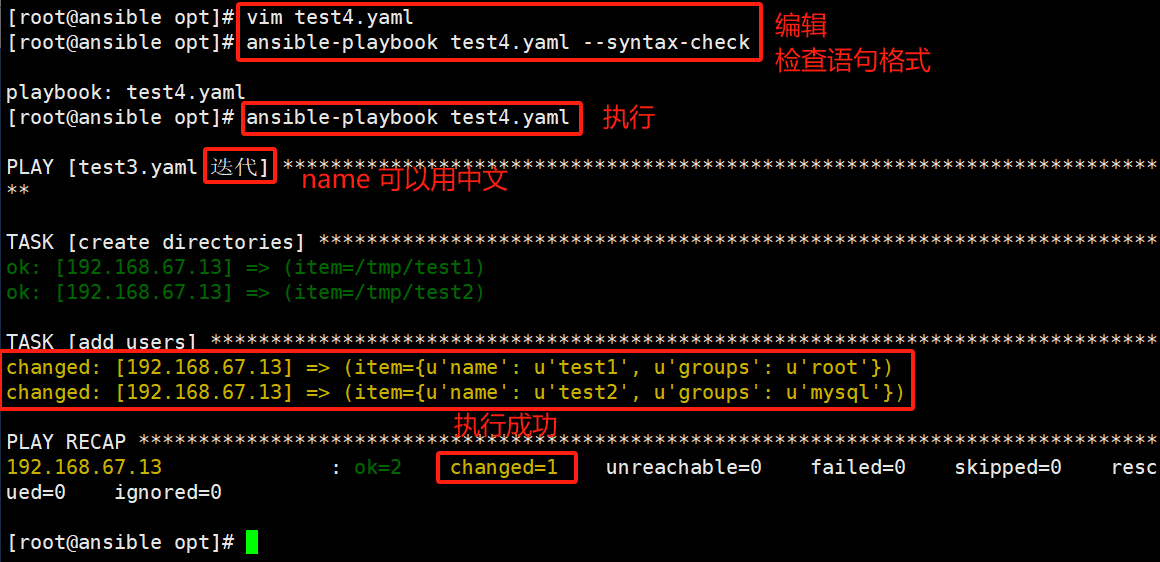
到被控端检验结果
tail /etc/passwd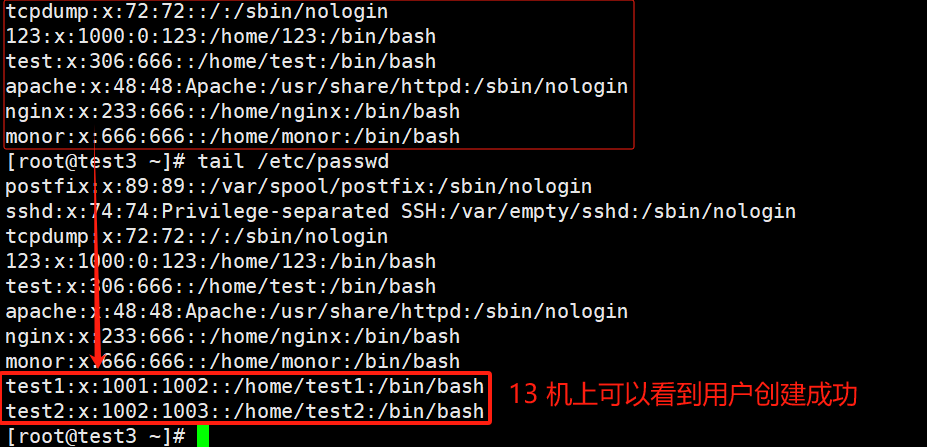
Templates 模块
Jinja是基于Python的模板引擎。Template类是Jinja的一个重要组件,可以看作是一个编译过的模板文件,用来产生目标文本,传递Python的变量给模板去替换模板中的标记。
1.先准备一个以 .j2 为后缀的 template 模板文件,设置引用的变量
cp /etc/httpd/conf/httpd.conf /opt/httpd.conf.j2
vim /opt/httpd.conf.j2#42行,修改端口
Listen {{http_port}}
#95行,取消注释并修改域名
ServerName {{server_name}}
#119行,修改root路径
DocumentRoot "{{root_dir}}"![]()
![]()
![]()
2.修改主机清单文件
使用主机变量定义一个变量名相同,而值不同的变量
vim /etc/ansible/hosts[web01]
192.168.67.13 http_port=80 server_name=www.monor.com:80 root_dir=/etc/httpd/htdocs[web02]
192.168.67.14 http_port=88 server_name=www.test.com:88 root_dir=/etc/httpd/htdocs
3.编写 playbook
vim /opt/apache.yaml---
- hosts: web01:web02remote_user: rootvars:- service: httpdtasks:- name: 下载 {{service}} 安装包yum: name={{service}} state=latest- name: 安装 configure 文件#使用template模板template: src=/opt/httpd.conf.j2 dest=/etc/httpd/conf/httpd.confnotify:- restart {{service}}- name: 创建 root 目录file: path=/etc/httpd/htdocs state=directory- name: 开启 {{service}} 服务,并设置开机自启service: name={{service}} enabled=true state=startedhandlers:- name: 重启 {{service}} 服务service: name={{service}} state=restarted卸载被控端的httpd服务
systemctl stop httpd
yum -y remove httpd检验语句格式并执行
ansible-playbook apache.yaml --syntax-check
ansible-playbook apache.yaml
浏览器访问测试
http://192.168.67.14http://192.168.67.14:88/

tags 模块
可以在一个playbook中为某个或某些任务定义“标签”,在执行此playbook时通过ansible-playbook命令使用--tags选项能实现仅运行指定的tasks。
playbook还提供了一个特殊的tags为always。作用就是当使用always当tags的task时,无论执行哪一个tags时,定义有always的tags都会执行。
vim /opt/webhosts.yaml小结
卸载服务
systemctl stop httpd
yum -y remove httpdps:虚拟机重启或恢复快照后,免密登录会失效
虚拟机重启后,查看一下防火墙



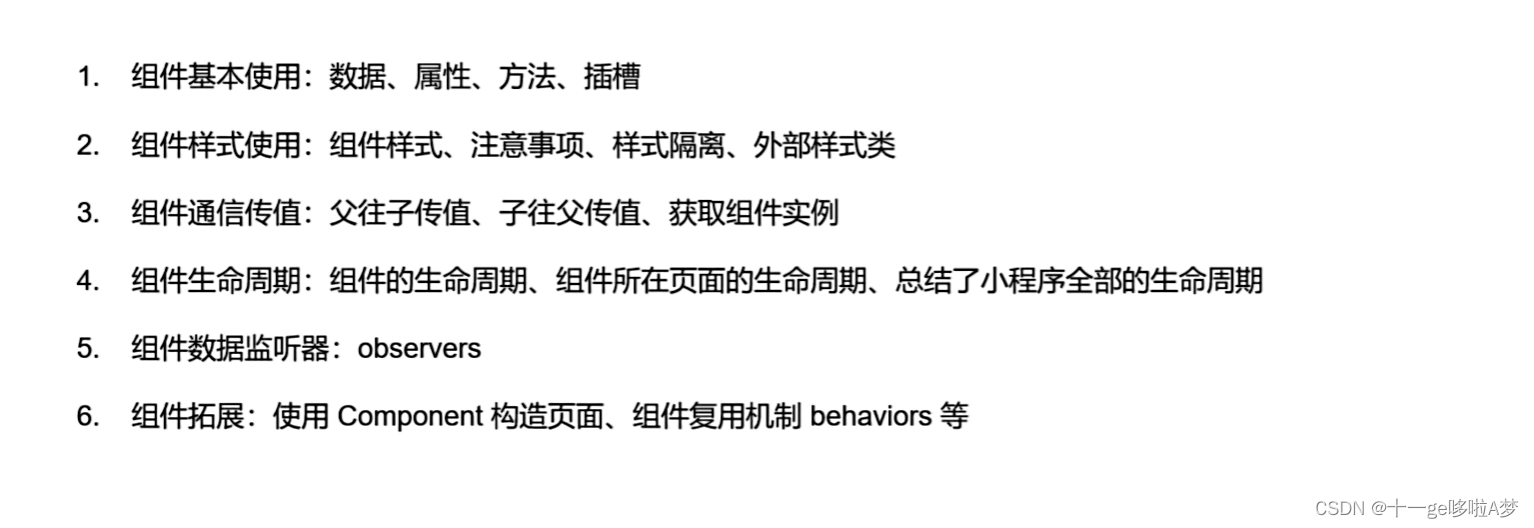
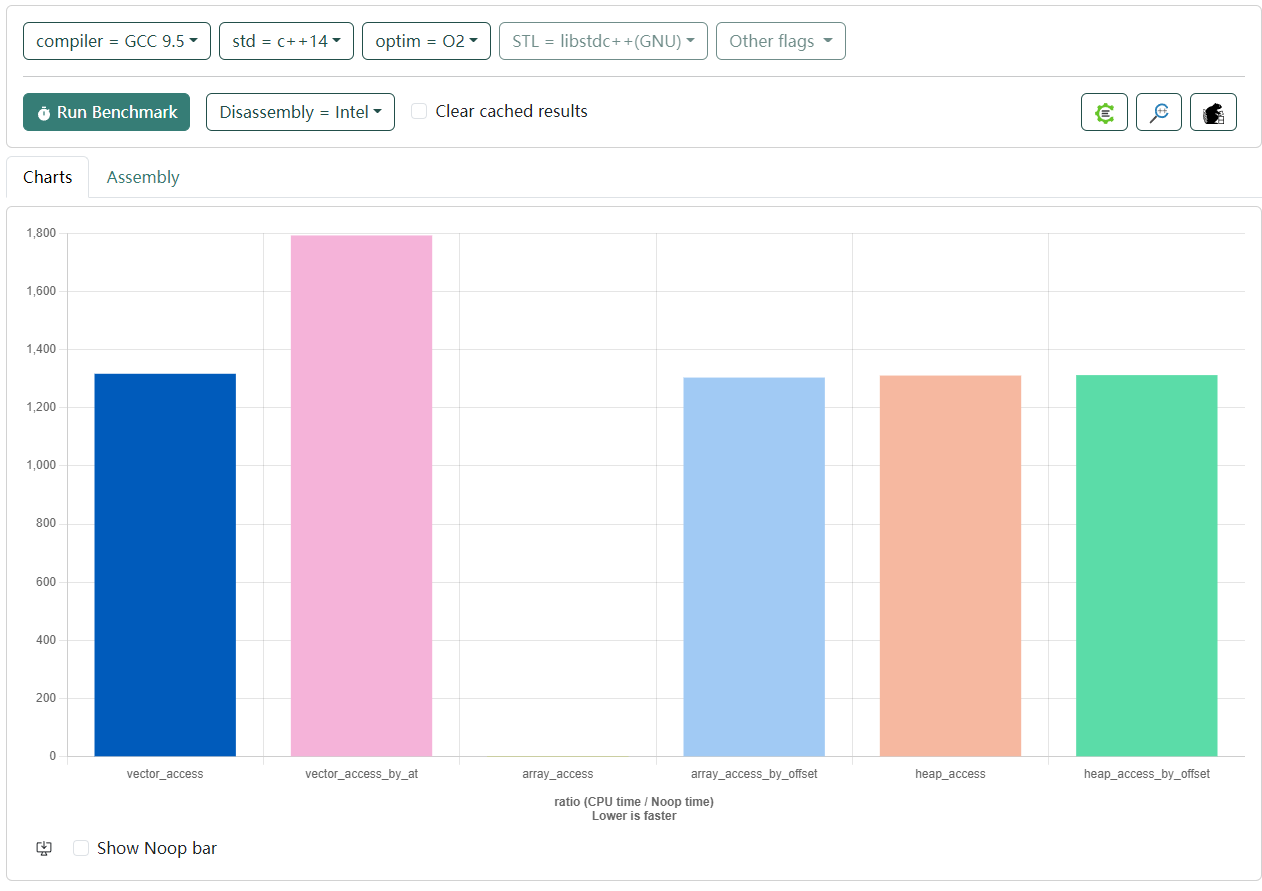
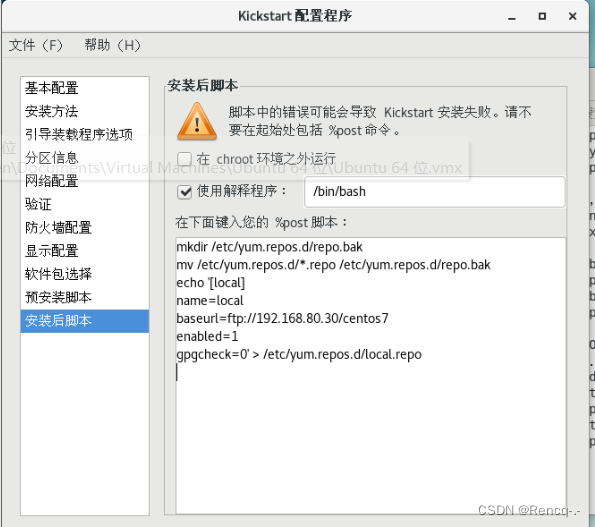
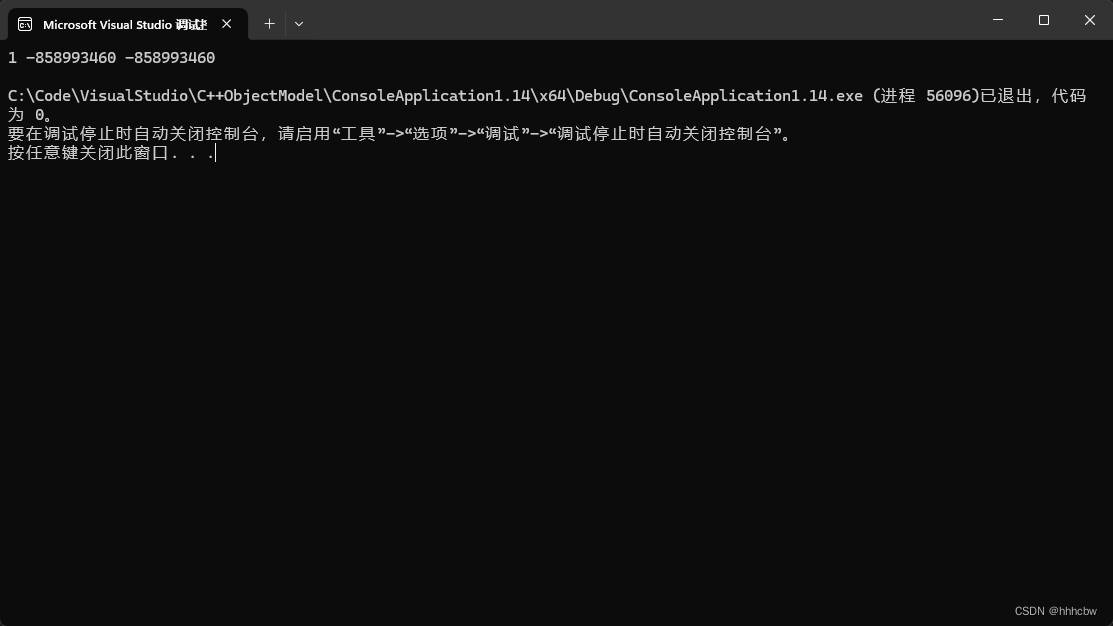
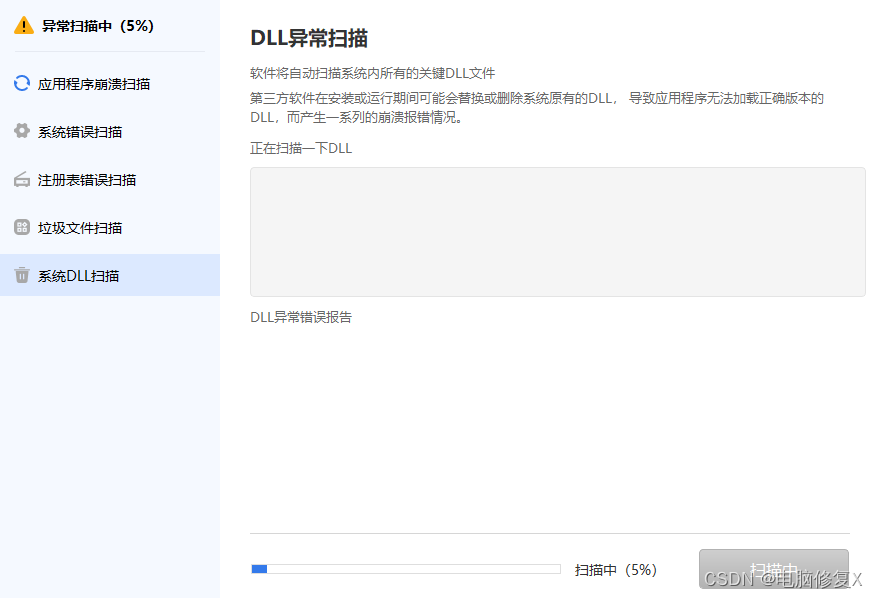






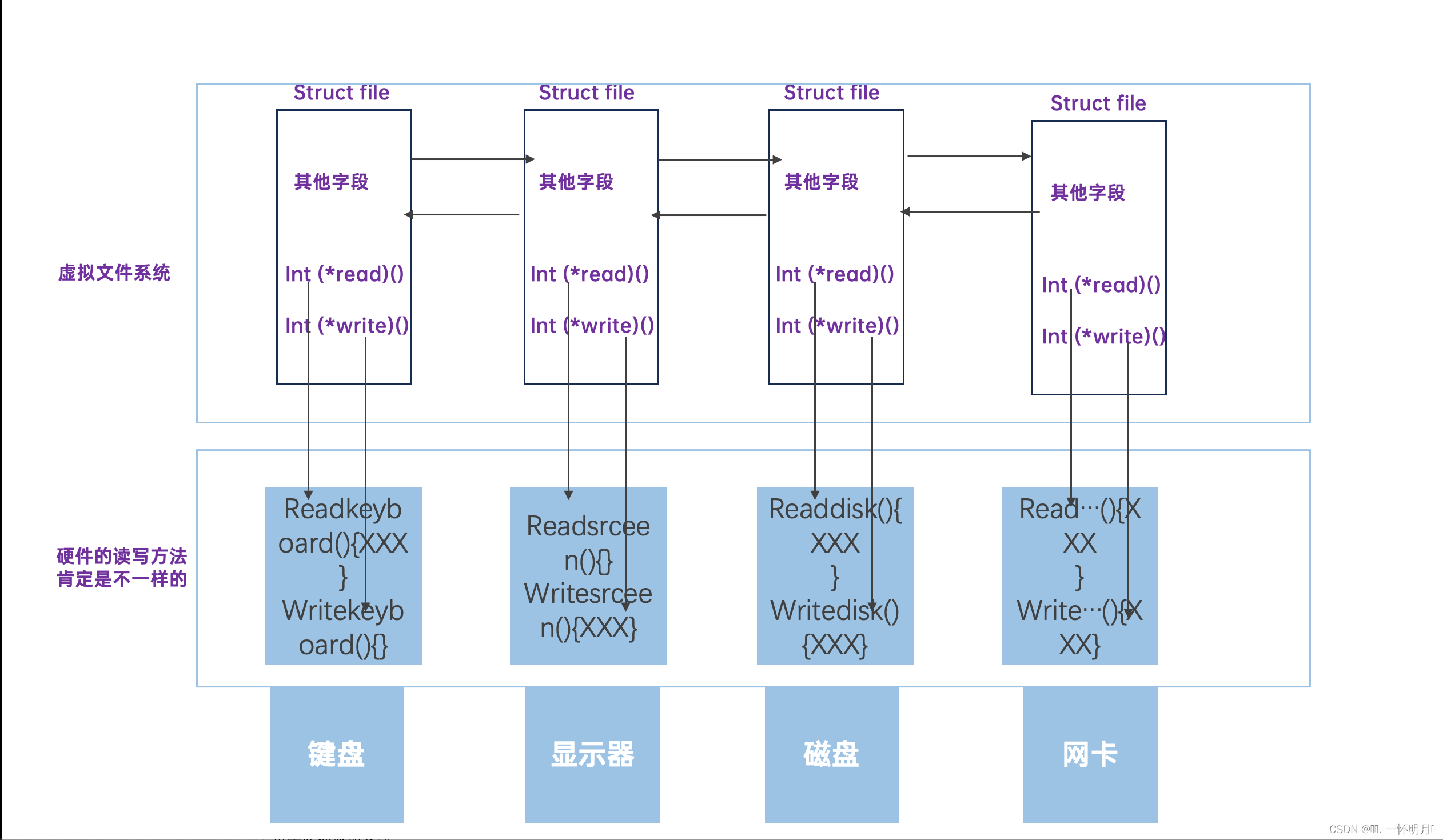
![[华为OD]C卷 机场航班调度 ,XX市机场停放了多架飞机,每架飞机都有自己的航班号100](https://img-blog.csdnimg.cn/direct/35f7096d02d44fe29dfba0756625d85e.png)
